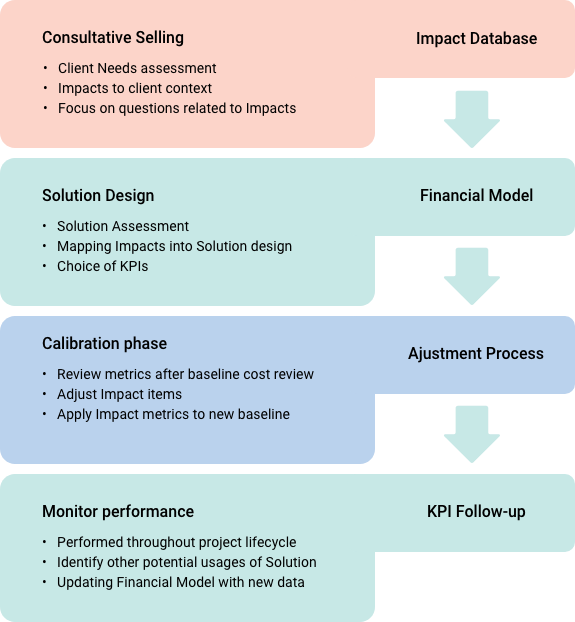Health systems are facing serious capacity and staffing issues. While the industry has seen unprecedented capacity, the post-pandemic volume looks to be even greater. Patients who put off procedures over the past year and a half are heading back to healthcare systems with the hope to continue their care. Layered upon the capacity issue is the difficulty in hiring and retaining healthcare workers. This perfect storm of limited space with reduced staff poses extreme financial hardship and increased patient risk resulting in an impact on the quality of care.
Telehealth and virtual care helped to addressed some of the volume issues during the pandemic. Though, this kind of care has limitations in terms of capturing details that support accurate diagnoses and ongoing care. Once the patient is admitted to hospital, the ability to leverage virtual care disappears. However, expanding virtual care to include device integration and telemetry data can help fill the gap to reflect a more physical encounter. This combination of devices, artificial intelligence and virtual encounters can create a more complete experience replicating the acute setting.
Several large health systems have begun to embrace a “Hospital@Home” strategy that involves moving mild to moderately acute patients to the home setting with the monitoring and device elements. While these strategies differ from one health system to the next, these “experiments” represent the early stages of a broader health at home ecosystem.
There are challenges from the technology side (e.g., the device integration, device communication, AI components) and the people perspective (e.g., do patients have broadband access, are their homes effective healing places, staffing issues). However, we do expect these issues to resolve over time. For the most part, health systems focus on specific diagnoses or specific categories of care when deploying their health at home strategies. This focus allows them to create bundles of services specific to the type of care required easing the technology and staffing requirements.
Considering the elements necessary to move a patient from a hospital bed to a bed at home include:
- The technology must be equivalent in the ability to monitor and track certain data related to the condition. This can be accomplished by creating technology bundles by condition. These “bundles” can be deployed to the home, tested by a technology team, and ready for the patient.
- Bundles, however, represent more than just technology. The care team assigned to the patient are also assigned to other patients with similar conditions and so this cohort of care represents a staffing bundle.
- Billing and cost elements associated with the home care environment becomes a financial bundle, and so on.
By creating these bundles, the health system can deploy the “Hospital@Home” model on a condition-by-condition basis, with a more comprehensive and streamlined approach.
Ultimately, this should lead to an entire ecosystem for patient care, shared data, real-time decisions, and predictive capabilities, saving lives and improving the patient experience dramatically.
We, as consumers, expect our healthcare system to adapt to us, not the other way around. Among other things, we want choice, a positive experience, and the system to deliver flexible, cost-effective care in whatever setting we select. The reality is, healthcare has always been local, provided by a community within a community. Moving care back to the home is a logical next step in enhancing that local health and wellbeing.
Listen to this podcast to discover how NTT can support your health at home initiatives


